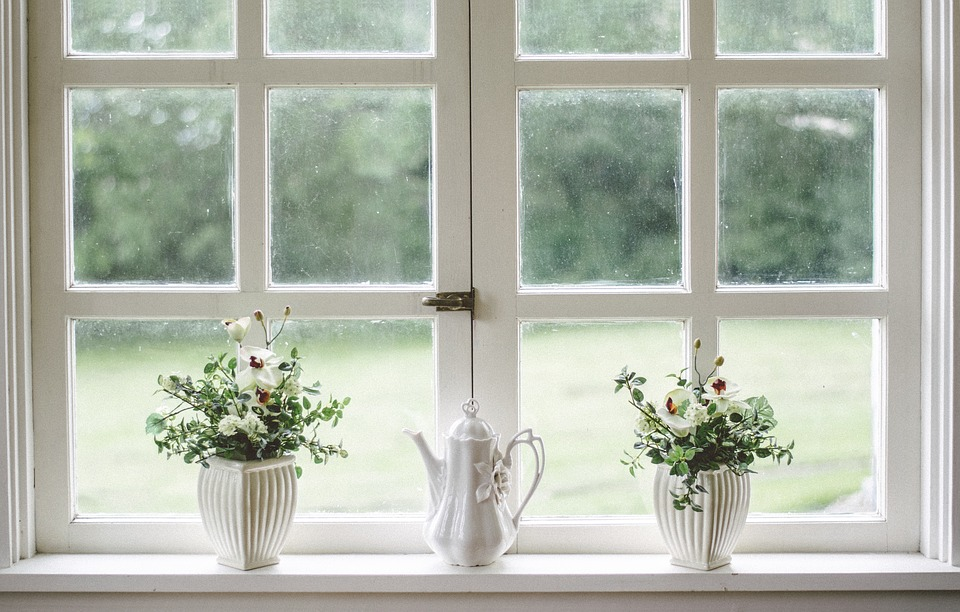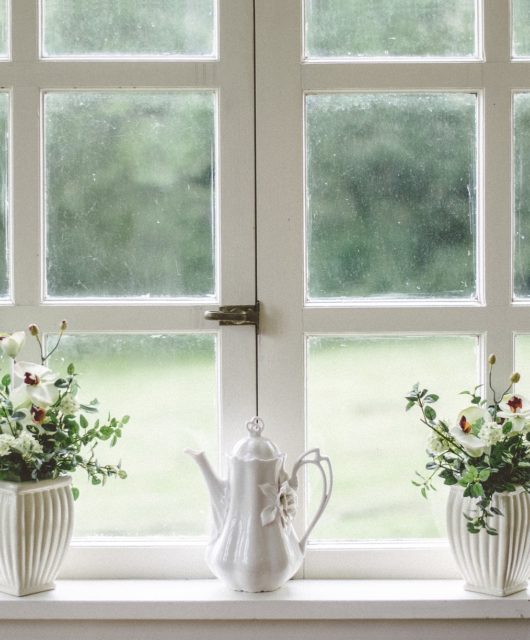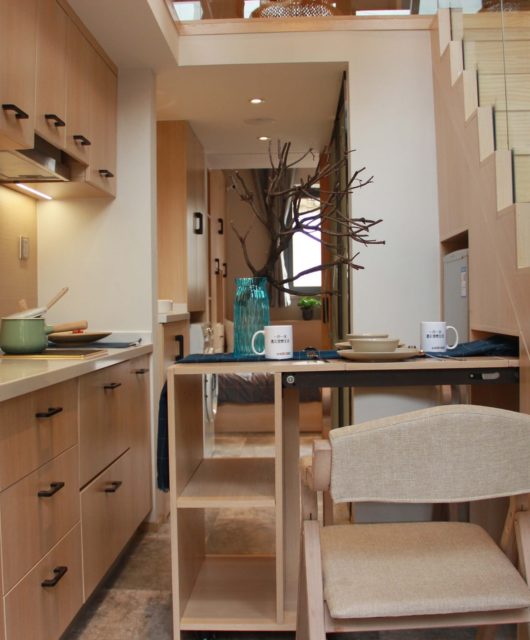6 Low-Maintenance Materials that Make Cleaning Your Home a Breeze
How much time do you spend cleaning your home each week?
If you haven’t really estimated the time, here’s some interesting information that researches have released.
According to Apartment Therapy, on an average (and, that’s assuming you don’t have low-maintenance materials), you might spend an hour and a half or more each week cleaning the 2 ½ bathrooms of your house. Say, you have two showers and a tub, you’ll spend a generous amount of time working to get the rust stains out. Of course, you’ll need some extra time to clean up the tiles.
Let’s move to the kitchen next. That’s at least an hour each week. You’ll need to clean up the countertops, sink, fridge, microwave, and the stove. And, don’t forget the backsplash. If you cook a lot or have young kids, extending that estimated cleaning time would make sense.
So, what do you have on your floors? Hardwood? Tiles? Linoleum? Let’s factor in kids and pets in addition to stairways and hallways, and you’re likely looking at a two to three hours of vacuuming, sweeping, and perhaps, mopping each week.
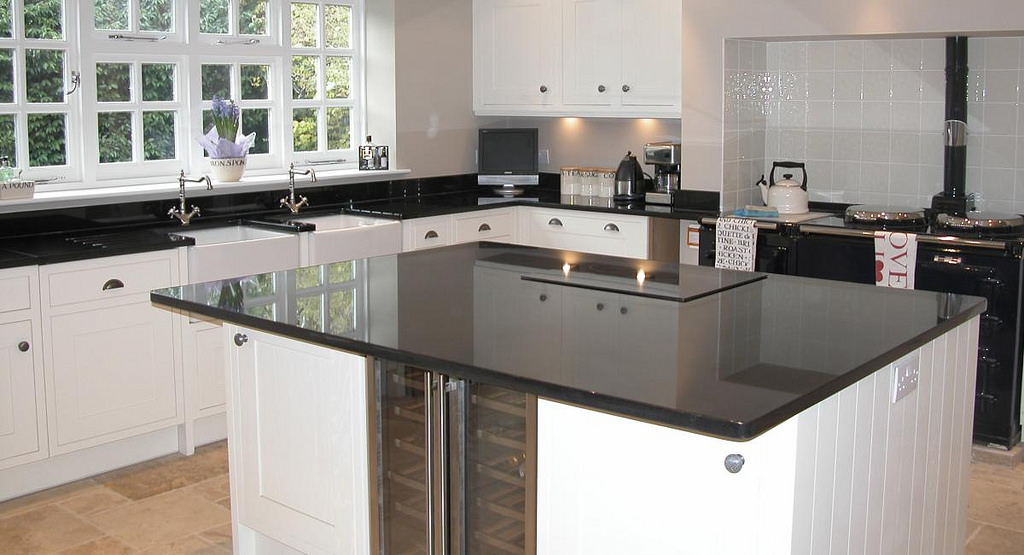
Table of Contents
Consider Using Low-Maintenance Materials So You Can Lower that Cleaning Time
The next time you need to remodel certain sections of your home, you could consider installing eco-friendly and low-maintenance materials that are easy to clean. Let’s take a quick look at the best options out there.
1. Recycled Glass
Choose the building materials according to the location where you’re installing them. For example, if you’re looking for the right material that can resist the backsplash, you can’t go wrong with glass tiles like the kind you can find at Chevron Tiles. Spray the area with an all-purpose cleaning solution or simply soapy water and wipe it down with a paper towel or sponge. This strategy works on just about every kind of stain or spill including coffee, juices, gravy spatters, and oil. Recycled glass is now also available for your countertops. Once installed, you probably won’t have to spend more than a few minutes wiping them down.
2. Fiberglass Windows
Choosing fiberglass windows brings you a whole lot of positives. This is one low-maintenance material that is durable and can last you at least 40 years or more with warranties for 10 to 20 years. You will love these windows because they resist moisture and heat and maintain their integrity without becoming warped. The seams are bonded together so you won’t ever have to worry about gaps or the need for repairs. To clean them, you’ll only need to use water and a mild, cleansing agent. And, like the folks at House Logic recommend, the best part is that fiberglass windows can keep your home insulated and lower energy costs by 7% to 15%.
3. PVC and Composite Railings
Maintaining wooden porch railings and balustrades are tough given the weather onslaught they take. The next time you’re looking to upgrade them, opt for the PVC and aluminum composite railings. These railings are made of rust-resistant metal cores with metallic fasteners protected by PVC coverings. The amazing thing about these balustrades is that they look just like wood but will never need you to spend time restaining them. Once installed, they are likely to remain looking as good as new for 50 years or more.
4. Wood-Finish Tiles
Hardwood floors look and feel amazing underfoot. And, there’s no denying that they give your home a cozy, warm feel. However, maintaining them can be hard especially when you have kids and pets, and spills are a common occurrence. For this reason, you may want to look for low-maintenance materials for your floors that won’t need sanding, staining, and refinishing. Or, the botheration of dealing with the dust and grime gathering in the joints. The next best option is to look for laminates or tiles that have the finishing of hardwood, but can be easily cleaned with just a damp mop.
5. Porcelain Tiles for the Kitchen
Read this article on DIY Network, and you will learn that the smartest low-maintenance materials to use for your kitchen floor are ceramic or porcelain tiles. If you’re looking for the best material for high-traffic areas like the kitchen or bathroom, it is best that you choose porcelain. These tiles are made with a mixture of clay and sand and are created by using pressure and heat. As a result, they are extremely hard and durable. And, easy to maintain. Use a nylon brush to remove the dust and dirt. Next, spray on a cleaning solution to remove the stains, mop up, and then dry the floor.
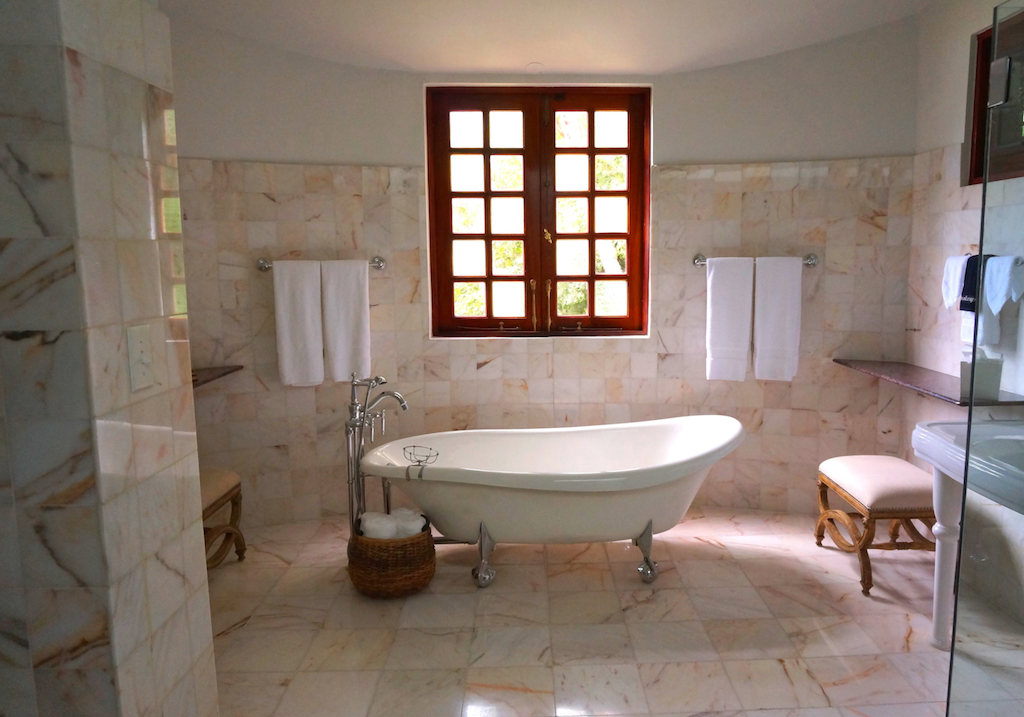
6. Natural Stone or Ceramic Tiles for the Bathroom
When it comes to bathrooms, you’ll need materials that are least likely to collect mold and mildew and won’t get damaged because of exposure to water. In addition, your architect will likely recommend materials that are easy to clean and have enough traction to protect you from slipping. Like this feature on HGTV.com recommends, the best recommended materials are natural stone tiles or ceramic tiles that mimic natural stone. Ceramic tiles can be textured while natural stone can be honed or sandblasted to provide you floors that are slip-proof, but also easy to clean and maintain.
By using the right materials for constructing the spaces in your home, you can cut back on the time you spend cleaning and conducting maintenance chores. Each time you need to make any upgrades or major repairs around the house, make sure to work with your architect and choose tiles and other decoration items that are easy to care for. You’ll find that the time you save can be better spent on doing fun things with your family even as you take pride in a beautiful, well-maintained home.
